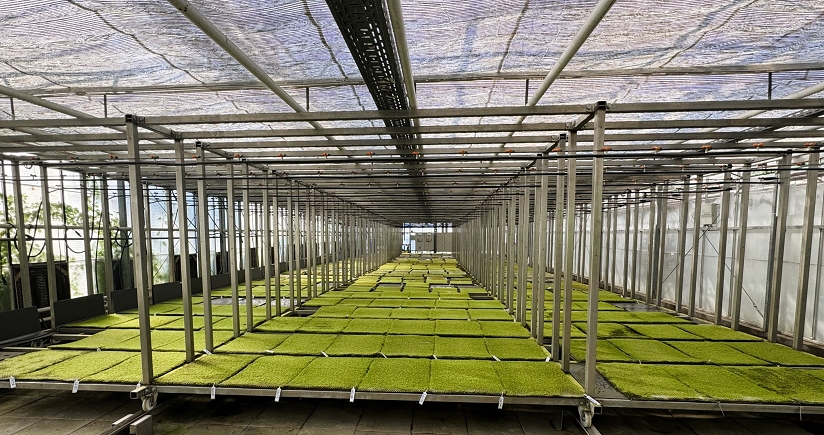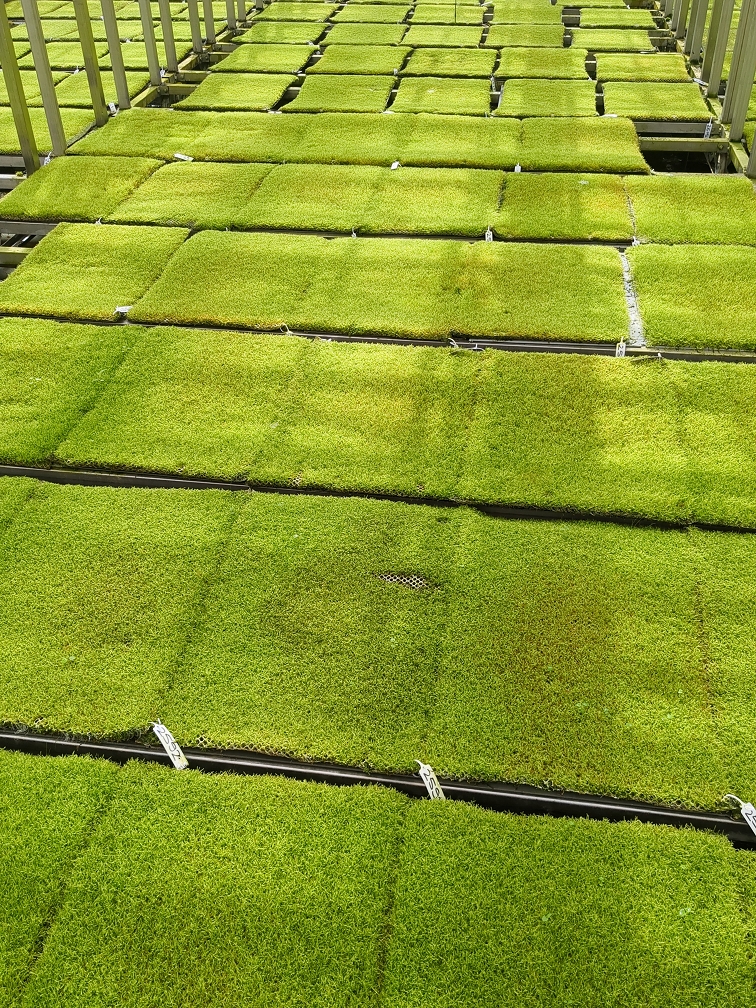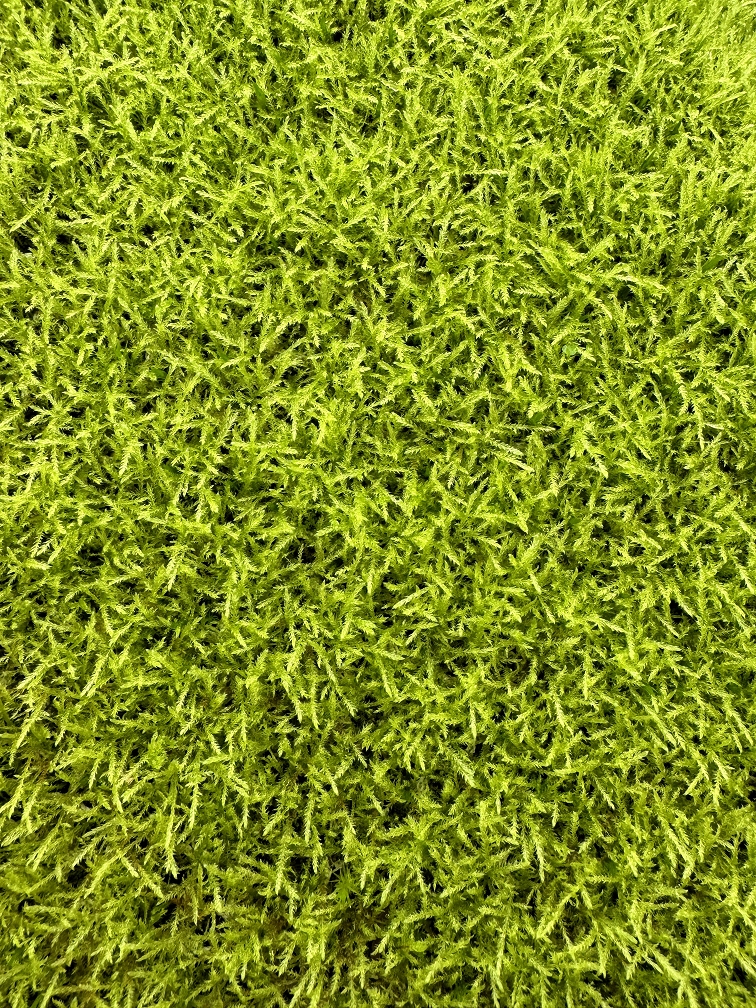Autumn (at the Moss Farm)
Welcome to the “Golden Season”
This weekend, following the meteorological start of autumn on September 1st, the calendar or astronomical start of the season is also approaching. “At this time, the so-called equinox occurs, meaning day and night are approximately equal in length: 12 hours.” In fact, the season “begins twice”, but there is even a third kind: the phenological start of autumn. This calendar distinguishes between three phases: early autumn, full autumn, and late autumn. “The start of each phase is determined by plant development”, such as the ripening of chestnuts and the blooming of autumn crocuses in early autumn, the general change of leaf color in full autumn, and the end of the growing season and leaf shedding in late autumn.
Even though “this year, summer seemed reluctant to leave, the internal clock of the trees remained unaffected by temperatures over 20 degrees”. Along with this season comes not only the “golden season” and harvest time, but also nature’s transition into the approaching winter. “Nature is changing”: The initially brilliant display of forests and trees in warm tones of yellow, orange, and red also means that the leaves are slowly losing their green color. This change marks the beginning of a process in which trees prepare for the upcoming winter. Photosynthesis slows down, nutrients are drawn back into the roots, and eventually, the trees shed their leaves. These changes are part of a natural cycle that allows trees to survive the cold, resource-scarce months and bloom again in the spring.
Photos: Aaron Burden, Dulcey Lima Autumn Mott Rodeheaver von Unsplash
Welcome to the Green World
Here at the moss farm, nature also displays its finest splendor, but it’s still green! Mosses enjoy several clear advantages over other plants, especially in autumn and winter. While trees lose their leaves and slow down their activity, mosses remain green and active all year round. As the oldest land plants on Earth, they are robust and require fewer nutrients, as they absorb water and nutrients directly from the air. Moreover, mosses do not rely on deep-rooted systems, allowing them to thrive in barren and rocky environments. They are both highly resilient and extremely efficient. During this season, they benefit from increased moisture, often creating a “green carpet”, even after trees have shed their leaves.
Welcome to the Purest Air
We enjoy this “green carpet” not only at the moss farm but also in the moss modules within the biofilters in the field. Mosses are robust and reusable — after a period of restoration at the moss farm, they can purify the air for another six months before returning to the farm.
Photos: GCS
In nature, it typically takes about four years for mosses to grow into a dense, lush green moss carpet. However, with specialized cultivation and ideal growing conditions at the Moss Farm, this process has been shortened to less than 12 weeks. These “super plants” now grow about 16 times faster than in nature under controlled and optimal conditions!
As pioneers in moss application, Green City Solutions has always focused on these humble super plants. We have built the world’s first vertical moss farm, where moss is cultivated in innovative moss mats across approximately 1,200 square meters. We constantly strive to discover and research better moss species and mixes for air purification and refreshing. Sustainability is paramount in our fully digitized moss farm. The use of water, heat, and electricity is monitored through sensors and optimized accordingly.
Photos: GCS
In the (Climate) Change
Natural air purification, efficient cooling for urban spaces, and the sponge city concept are not only important in the height of summer. Due to “human-caused climate change, the seasons are shifting”. “In the past five decades, spring, summer, and autumn have all started earlier”, while at the same time, “autumn is becoming warmer and much rainier”. Last year, September through October in southern Germany was the warmest since weather records began. According to the German Weather Service (DWD), autumn 2023 was “the second-warmest in Germany since records began in 1881”.
Moss-based fresh air zones not only purify the surrounding air but also improve the quality of life by reducing temperatures by up to 4° Kelvin (Celsius) through evaporative cooling. Mosses act like small sponges, capable of storing vast amounts of moisture, making them an ideal component of rainwater management.
A “small all-rounder”: This seemingly modest moss “has a multitude of special abilities”.

Photo: GCS







